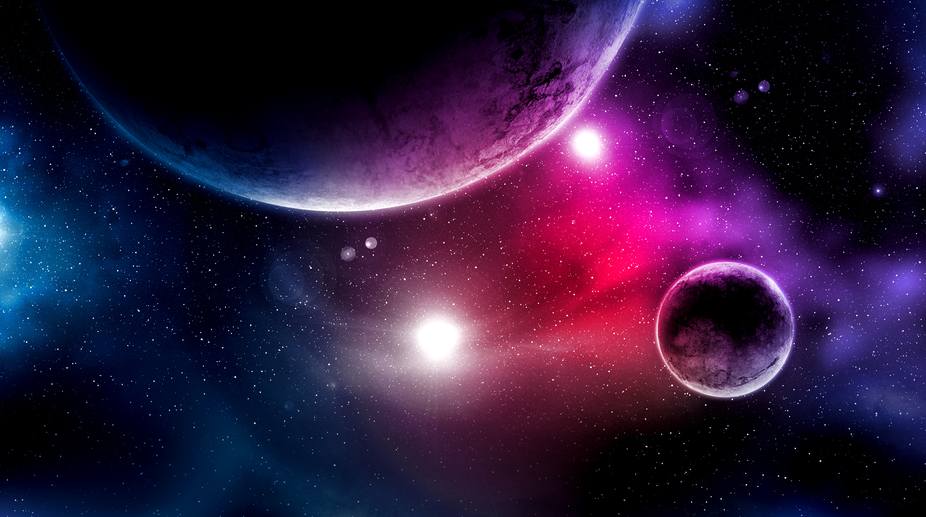Dark Universe probing Euclid telescope takes first test images
Barely a month of its journey to explore the Universe’s mystery of dark matter and dark energy, European Space Agency's (ESA) Euclid mission has snapped its first test images.

Representational image (Getty Images)
With a survey covering about 1/30th of the entire sky and spanning several billion light-years in extent, scientists have made the most accurate measurement of universe's dark matter.
The results support the view that dark matter and dark energy make up most of the cosmos.
Advertisement
The scientists unveiled the dark matter map in a presentation at the American Physical Society Division of Particles and Fields meeting at the US Department of Energy's (DOE) Fermi National Accelerator Laboratory.
Advertisement
These measurements of the amount and "clumpiness" (or distribution) of dark matter in the present-day cosmos were made with a precision that, for the first time, rivals that of inferences from the early universe by the European Space Agency's orbiting Planck observatory.
The new Dark Energy Survey (DES) result is close to "forecasts" made from the Planck measurements of the distant past, allowing scientists to understand more about the ways the universe has evolved over 14 billion years.
"This result is beyond exciting," said Scott Dodelson from US Department of Energy's (DOE) Fermi National Accelerator Laboratory.
"For the first time, we're able to see the current structure of the universe with the same clarity that we can see its infancy, and we can follow the threads from one to the other, confirming many predictions along the way," Dodelson said.
Most notably, this result supports the theory that 26 per cent of the universe is in the form of mysterious dark matter and that space is filled with an also-unseen dark energy, which is causing the accelerating expansion of the universe and makes up 70 per cent.
The primary instrument for DES is the 570-megapixel Dark Energy Camera which can capture digital images of light from galaxies eight billion light-years from Earth.
The camera was built and tested at Fermilab, the lead laboratory on the Dark Energy Survey, and is mounted on the US National Science Foundation's four-metre Blanco telescope, part of the Cerro Tololo Inter-American Observatory in Chile, a division of the National Optical Astronomy Observatory.
The DES data are processed at the National Center for Supercomputing Applications at the University of Illinois at Urbana-Champaign.
Scientists on DES are using the camera to map an eighth of the sky in unprecedented detail over five years.
The fifth year of observation will begin in August.
The new results released on Thursday draw from data collected only during the survey's first year, which covers 1/30th of the sky.
Advertisement